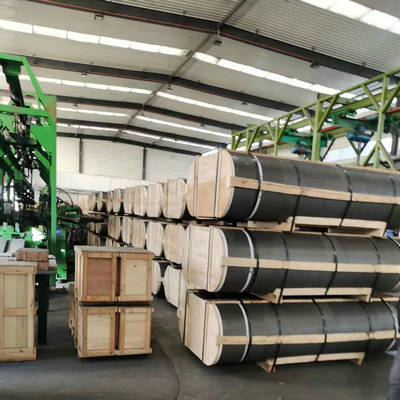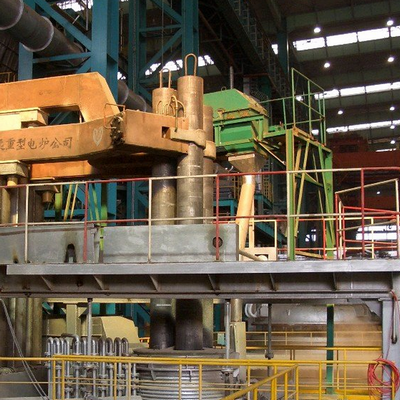Graphite is a unique and exceptional material that possesses remarkable thermal conductivity properties.The thermal conductivity of graphite increases with the increase of temperature, and its thermal conductivity can reach 1500-2000 W / (mK) at room temperature, which is about 5 times that of copper and more than 10 times that of metal aluminum.

Thermal conductivity refers to the ability of a material to conduct heat. It is measured in terms of how quickly heat can travel through a substance. Graphite, a naturally occurring form of carbon, has one of the highest thermal conductivities among all known materials. It exhibits exceptional thermal conductivity in the direction perpendicular to its layers, making it an ideal material for numerous applications.
Graphite structure consists of layers of carbon atoms arranged in a hexagonal lattice. Within each layer, carbon atoms are held together by strong covalent bonds. However, the bonds between layers, known as Van der Waals forces, are relatively weak. It is the arrangement of carbon atoms within these layers that gives graphite its unique thermal conductivity properties.
The thermal conductivity of graphite is primarily due to its high carbon content and unique crystal structure. The carbon-carbon bonds within each layer allow heat to transfer easily in the plane of the layer.From the From the chemical formular of graphite,we can understands the weak inter-layer forces make it possible for phonons (vibrational energy) to travel rapidly through the lattice.
The high thermal conductivity of graphite has led to its extensive use in various industries.
I:Manufacturing graphite electrode.
Graphite is one of the main materials for manufacturing graphite electrode, which has the advantages of high thermal conductivity, high temperature resistance, good chemical stability, high mechanical strength, so it is widely used in metallurgy, chemical industry, electric power and other industries in the electrolytic and electric furnace process.
II:Graphite is used in the field of electronics.
Graphite is used as a heat sink material to dissipate heat generated by electronic devices such as transistors, integrated circuits, and power modules. Its ability to efficiently transfer heat away from these devices helps maintain stability and prevents overheating.
III:graphite is used in the manufacturing of crucibles and molds for metal casting.
Its high thermal conductivity allows for efficient heat transfer, ensuring uniform heating and cooling of the metal. This, in turn, improves the quality and consistency of the final product.
IV:Graphite thermal conductivity is used in the aerospace industry.
Graphite composites are used in the construction of aircraft and spacecraft components. The exceptional heat transfer properties of graphite help in managing the extreme temperatures experienced during space missions and high-speed flights.
V: Graphite is used as a lubricant in various industries.
It is commonly used in manufacturing processes where high temperatures and pressures are involved, such as automotive engines and metalworking machinery. The ability of graphite to withstand high temperatures while reducing friction makes it an ideal lubricant for such applications.
VI:Graphite is used in scientific research.
It is commonly used as a standard material for measuring the thermal conductivity of other substances. The well-established thermal conductivity values of graphite serve as a reference point for comparing and evaluating the heat transfer properties of different materials.
In conclusion, graphite thermal conductivity is exceptional due to its unique crystal structure and high carbon content. Its ability to efficiently transfer heat has made it indispensable in various industries, including electronics, metal casting, aerospace, and lubrication. Moreover, graphite serves as a benchmark material for measuring the thermal conductivity of other substances. By understanding and harnessing the exceptional properties of graphite, we can continue to explore new applications and advancements in the field of heat transfer and thermal management.
Post time: Aug-06-2023







